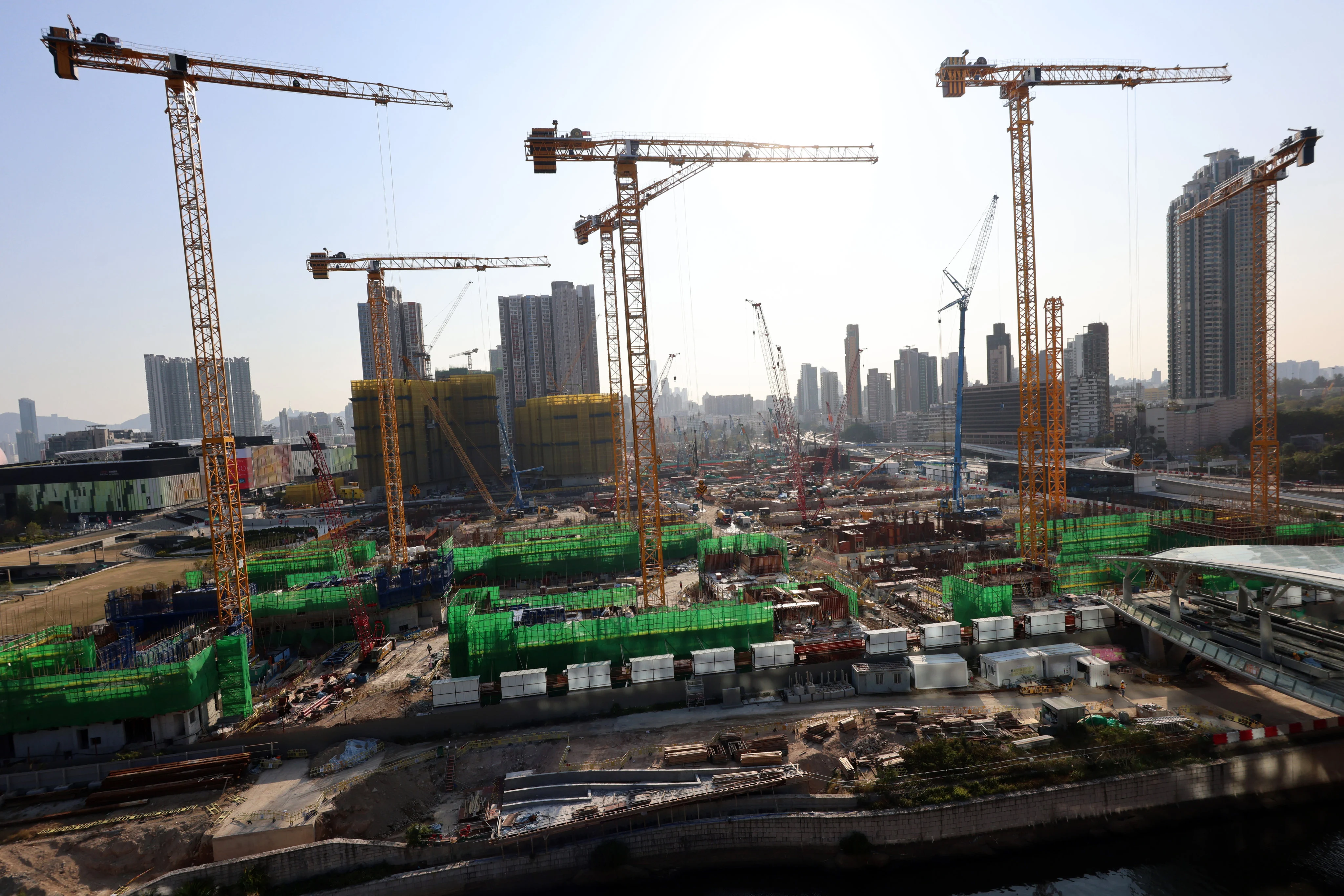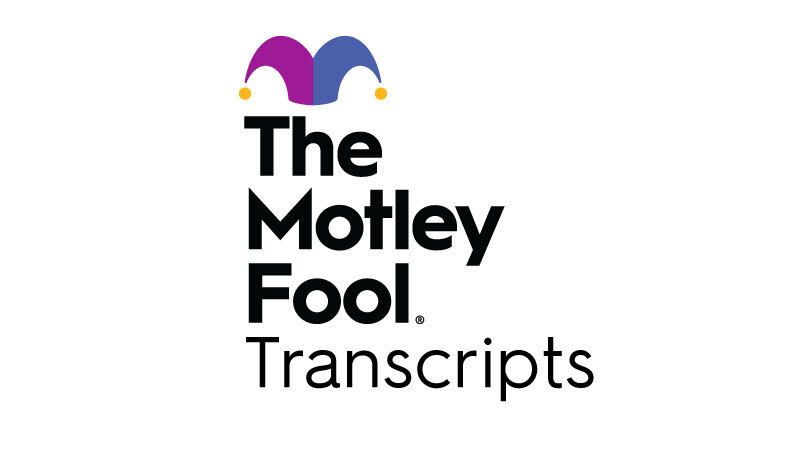Copyright FreightWaves

But during the call, CEO Drew Wilkerson laid out the scenario for the difficult market that helped lead to the weak earnings. And while he said RXO was “well positioned” to take advantage of a turnaround or stabilization, he made it clear that the ongoing fourth quarter is not going to be that time. “We expect the squeeze dynamic to intensify into the fourth quarter,” Wilkerson said. “Contrary to our assumptions on last quarter’s call, the market tightened in September. Capacity began exiting in certain regions, driven primarily by regulatory changes in enforcement.” The increase has not been huge, but it’s enough to create problems for 3PLs tied in to higher contract rates. The SONAR National Truckload Index data series, which just measures linehaul rates without fuel, was $1.68 per mile on a national basis at the midway point of the third quarter. More recently it has been $1.80 per mile, and was $1.72 by the end of the quarter. Wilkerson added that about two-thirds of the freight handled by RXO in the quarter came from regions that saw an increase in rates. The rate increase came against a backdrop of weaker volume, according to Wilkerson. “Buy rates increased faster than our contractual sales rates with no meaningful corresponding increase in accretive spot opportunities,” he said. Wilkerson suggested that the changes in the market–with capacity exiting in part because of the crackdown on non-domiciled and non-English speaking drivers–is not temporary. The shifts, he said, “have the potential to be one of the largest structural changes to truckload supply since deregulation,” which took place at the start of the 1980’s. Higher for longer As a result, Wilkerson said, the freight market might be on the cusp of a “higher for longer” period. “If the regulatory changes hold and enforcement continues, we believe a significant amount of truckload capacity will permanently exit the market,” Wilkerson said. The call took place after the weak earnings report that followed by about a week a strong earnings report, the latest in a string of them, from C.H. Robinson (NASDAQ: CHRW). RXO, after the acquisition of Coyote Logistics last year, described itself as the third-largest freight brokerage. Ahead of it would be C.H Robinson and TQL Logistics, which is privately-held. Comparing various financial metrics between C.H. Robinson and RXO is not a good look for the latter. That helped lead Brandon Oglenski of Barclays Investment Bank to ask Wilkerson on the call about the continued lagging performance at RXO. “This is going to come off a little critical, but I think it’s probably for the betterment of everyone on the call,” Oglenski said. He noted that the guidance for adjusted EBITDA in the fourth quarter, reduced from earlier estimates, is down about 40% year on year. “And that’s a year into Coyote,” Oglenski said. “We thought Coyote was going to be transformative. Investors are trying to look for more tangible actions.” Coyote going well, except for the finances Wilkerson said the Coyote acquisition has “gone extremely well” as measured by the staff members integrated into RXO, the customers who have come on board and the adoption of joint technology. “But the financial results are not where they need to be,” he added. The CEO tied some of the problems back to the decision the company made on pricing coming into the 2025 market, numbers that are now a growing issue given the sudden rise in freight rates. “I made the wrong call on that one, and that is something that has impacted overall volumes,” Wilkerson said. “I look forward to us getting back to the days of where we are the market leader from a growth standpoint of taking market share. Clearly, 2025 is not where we want to be overall.” The projected downturn in the fourth quarter EBITDA to $20 million to $30 million comes after a third quarter performance of $32 million and $38 million in the second quarter. Brokerage volume is expected to decline by a “low single-digit percentage,” the company said. The gross margin is projected to be between 12% and 13% in the fourth quarter. It was 16.5% in the third quarter. The decline in quarterly EBITDA expected for the fourth quarter is tied closely to an expected drop in RXO’s last mile business. Wilkerson said that decline is counter-seasonal between the two quarters. Big and bulky is sliding “While we posted another quarter of impressive double digit growth in the third quarter (in Last Mile) since Labor Day, we’ve seen a weakening in demand for big and bulky goods,” Wilkerson said.” Whereas C.H. Robinson gives a headcount figure each quarter, RXO does not. But the call seemed to have a defensive aspect to it from management, as they came back several times to their own cost cuts that have not received as much publicity as that at C.H. Robinson. Wilkerson said brokerage headcount in the third quarter was down about 15% from the corresponding quarter of 2024. The news in the earnings release about cost cuts was that RXO will undertake a new round of them that is expected to yield $30 million. In the slide presentation released in conjunction with the earnings, management laid out the total cost cuts it says it has implemented since RXO was spun off from XPO in 2022: $65 million described as “post-spin”; $70 million in synergies with Coyote; and the $30 million announced Thursday which was said to be coming from “increasing operational efficiency, automating key processes and leveraging technology.” C.H. Robinson also has touted its adoption of AI in its own cost reductions. RXO management made sure to use the earnings call to highlight what it’s done on that front as well. “Our actions to date, including our investments in technology, have already yielded substantial productivity gains and brokers productivity increased by 19% over the last 12 months and by 38% over the last two years,” he said. “These are sticky changes to our business that will yield benefits in the future.” More articles by John Kingston DAT execs in two forums discuss how it seeks to reshape the freight sector NMFTA’s freight classification overhaul: surprising shipper preparedness



